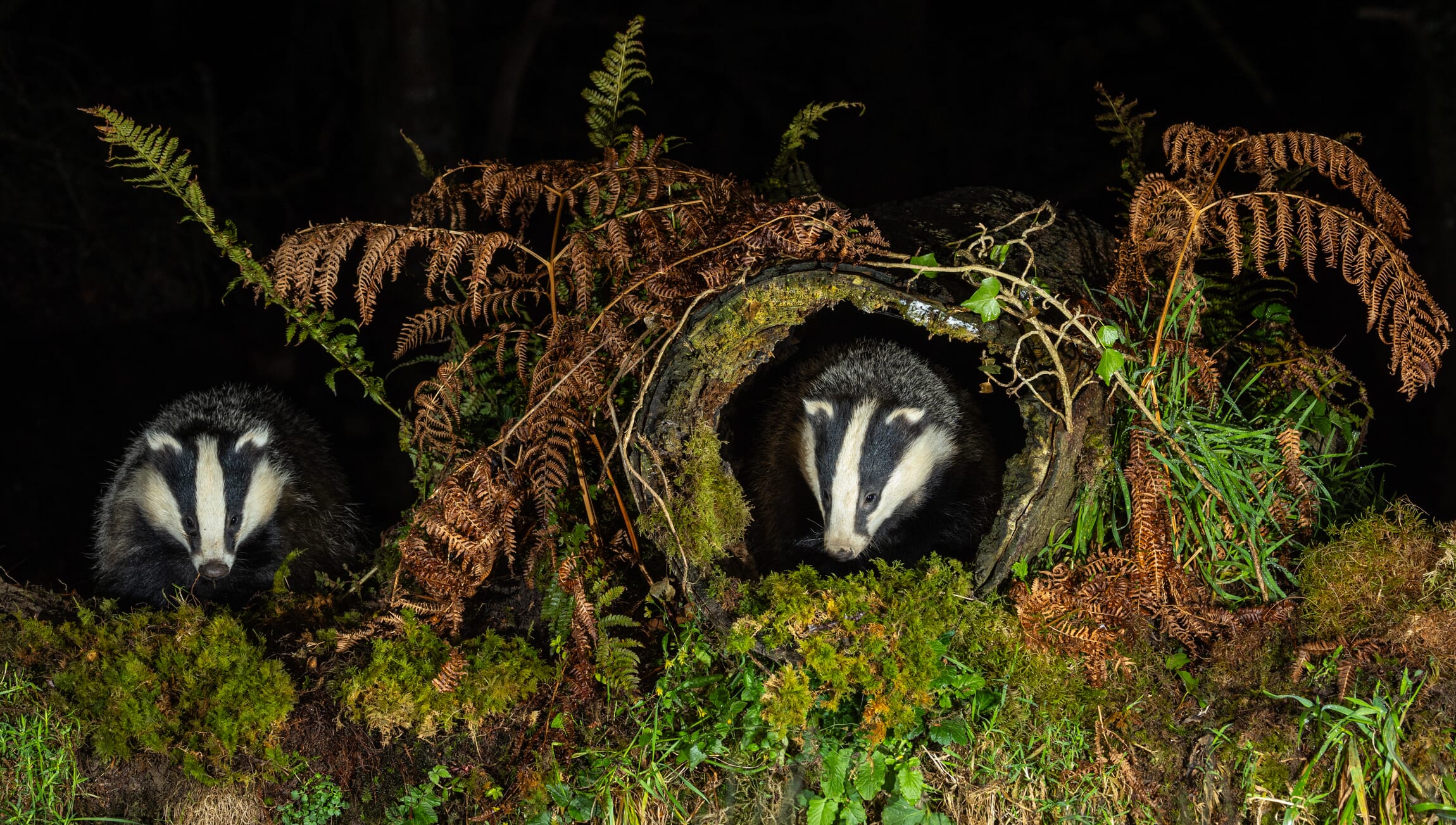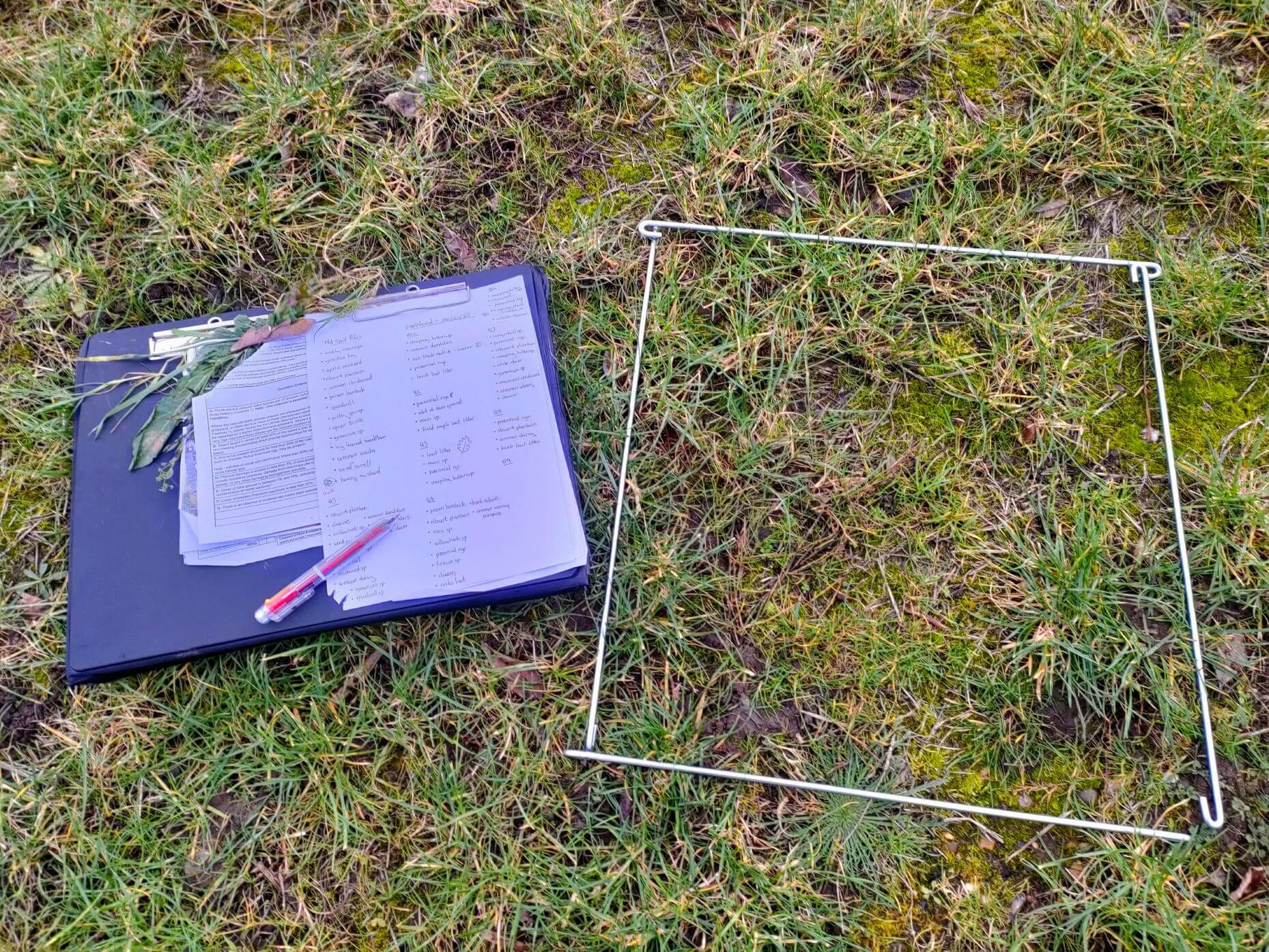Why ignoring badgers could derail your planning application
Did you know that one of the biggest obstacles to achieving planning approval is badgers? Badgers and their setts are protected under law under the Protection of Badgers Act 1992 and Wildlife and Countryside Act 1981 – so if they’re found on your site, your project could quickly grind to a halt.


Failing to conduct a badger survey at the right stage of your project can result in costly delays, unexpected licensing requirements, and even prosecution – so it’s vital that you understand your responsibilities and take the right steps early on.
In today’s blog, we share everything you need to know about badger surveys, so you can plan your project with these nocturnal mammals in mind.
Why badgers matter in planning applications
Badgers are a widespread species in the UK, and are often living quietly beneath our feet in networks of sett tunnels. Their setts are most commonly found in woodlands, grasslands, and hedgerows, but they can sometimes be found in urban and brownfield sites. They’re highly territorial and loyal to their established setts, so disturbing or destroying their burrows without taking appropriate mitigation measures is a serious offence.
An unexpected encounter with a badger sett during groundworks can stop your activity overnight. As a developer, it’s your responsibility to ensure that appropriate ecological assessments have been carried out, and that suitable mitigation measures have been designed into the scheme.
As Dean Fisher, one of our Ecologists, puts it: “Skipping badger surveys before development is like building a house on a landmine. Except the landmine is furry, protected by law, and really hates bulldozers. Planning for badger sett mitigation and artificial sett management is the key to preventing ecological delays during development.”

What a badger survey involves
A professional badger survey follows a structured approach to confirm whether badgers are present on or near a site, and how their setts are used. Here are the key stages of a badger survey:
1) Walkover survey
A walkover survey is the first step in identifying potential badger activity on a site. This initial inspection is designed to flag sett entrances, paths, or signs of foraging, which could identify the need for a potential badger licence application.
2) Sett identification
If any holes are found during the walkover, they will then be classified as main, annex, subsidiary, or outlying setts. This classification is vital for determining the level of protection required.
3) Camera trapping
Cameras will then be deployed to confirm activity levels at a sett. The goal of this step is to determine whether a sett is active, partially active, or inactive.
4) Bait marking
Bait marking is a common technique that’s designed to trace individual badgers back to their home sett. This helps Ecologists identify exactly which group of animals is using a sett, so that mitigation can be directed at the right population. Please note that this step is only used in high-density situations where there are lots of tunnels, so might not always be needed.
5) Watching brief
Finally, Ecologists will then supervise construction activity on site to make sure badger mitigation measures are carried out safely. This includes setting up and enforcing strict exclusive zones around active setts to control what kind of machinery or tools can be used at different distances.

Badger mitigation and management strategies
If badgers are confirmed on your site, you’ll need to ensure that specific mitigation measures are put in place so that construction can proceed legally and safely, with minimal disruption to the animals. Common approaches include:
- Artificial sett installation – creating alternative, safe burrows for badgers to establish nearby
- Sett exclusion – using one-way gating systems to move badgers away from unsafe areas
- Sett closure – once the badgers have vacated your site, you can then legally close the sett and begin construction work
- Supplementary feeding – supporting badgers during the transition to a new sett with supplementary feeding, which helps them to settle quickly
By putting the right mitigation measures in place, you can minimise disruption to your project timeline, avoid enforcement action, and demonstrate to your local planning authority that you take your ecological responsibilities seriously.
Keep badgers safe with our expert ecological assessments
As members of the Chartered Institute for Ecology and Environmental Management (CIEEM), we offer a wide range of ecological consultancy services, including badger survey reports, to help you comply with the Protection of Badgers Act 1992 and ensure you obtain planning permission for your project.
Our comprehensive badger surveys are specifically tailored to the needs of your project. From initial walkovers to artificial sett design, we provide the expertise needed to keep your project on track while safeguarding wildlife. By engaging with us during the early project stages, you can ensure that surveys, licences, and mitigation are built into your plans from the outset, helping you stay compliant with the law and avoid costly delays.
Get in touch with our expert team today to discuss your ecological assessment needs.
Call: 01159 875 599 or email:
Encon Associates always provide quality work promptly and professionally, frequently within tight timescales. They are always friendly and helpful with advice on ecology and landscaping for our schemes to successfully complete Landscape designs to meet clients expectations.











